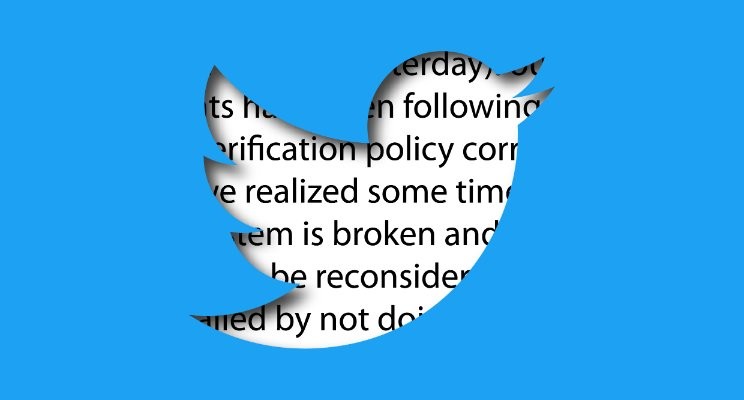
Twitter’s 140-character limit puts the burden of clarity on the writer, where it belongs.
Why is Twitter so influential among the famous and powerful?
It’s the platform of choice not only for politicians and celebrities, but for us ordinary schmos trying to reach them. And we succeed: Bill Gates and Lady Gaga regularly answer, retweet, and give shouts-out. (Hey, I even got a response from BoJack Horseman!)
Twitter’s popularity certainly plays a part, as the world’s 13th most-visited website. But that can’t be the only reason. Reddit and Facebook rank higher, yet they rarely enjoy the same kind of engagement. Why?
To understand, change your perspective. Pretend you’re the star (or the star’s staff), getting up in the morning and scrolling through your social media. How long does it take to read and understand each message? Now multiply that by thousands (or tens of thousands) and you see the problem. Messages on Facebook et al. can be any length, so writers don’t exercise discipline. More, they wrongly think, is better.
Twitter’s 140-character limit puts the burden of clarity on the writer, where it belongs. It’s a form of what writing students call constrained writing, and it’s an incredibly effective technique for sparking both creativity and precision. So not only are tweets faster to read than Facebook posts — they’re easier to read, too.
Concise messages win on other platforms, too. It’s a point I make in my just-released LinkedIn Learning / Lynda.com course, Writing Formal Business Letters and Emails. Brief messages appeal not only to busy people, but also to those with visual impairments, and those who don’t read your language well. (I know this as an American living in The Netherlands: I can read Dutch, but skip long social-media posts in the language. Who needs the struggle?)
Twitter is now testing double-length tweets, through which it hopes to relieve “a major cause of frustration for people Tweeting in English”. I think this is a mistake: As with highways and prisons, people will find excuses to fill available space. And all those famous and powerful people you want to reach will stop reading.
In its announcement, Twitter nailed it by saying that “Twitter is about brevity. … Tweets get right to the point with the information or thoughts that matter.” But then: “That is something we will never change.” I’m sorry, Twitter, you can’t have it both ways. If you make the change to 280 characters, the point will get delayed and buried.
For proof, here are the latest (as I write this) two tweets from Twitter CEO Jack Dorsey. First, 105 characters:
https://twitter.com/jack/status/930640144155099136
Now, 273 characters:
https://twitter.com/jack/status/928658511311097856
Which did you actually read? Which did you understand?
As for me, I’ve taken the #140pledge to keep my tweets under the old limit. Follow suit if you want your tweets to get seen, read, and understood. Brevity pays off.
###
Bonus for reading this far: Here’s a free, unlocked video from my new course. 🙂
Tom Geller is the author/presenter of several video courses available through Lynda.com and LinkedIn Learning, including Writing Articles and Writing Formal Business Letters and Emails. He’s at tomgeller.com and tgprods.com, and on Twitter as tgeller.
Originally published at https://www.linkedin.com/pulse/twitter-140-characters-effective-writing-tom-geller